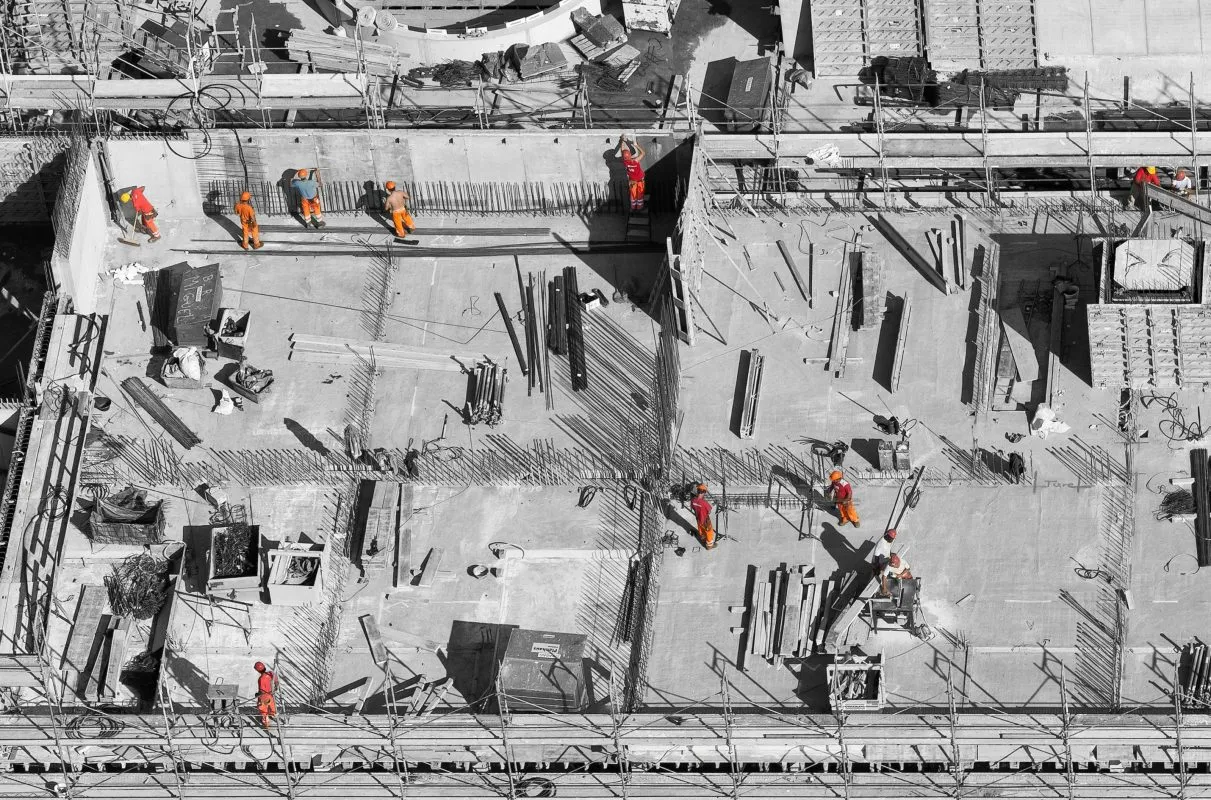India Bets on Cruises: New Ports, More Ships – Big Goals

Skift Take
India wants to bet big on cruises. Consider these ambitious plans from Union Tourism Minister G Kishan Reddy:
- Increase the number of cruise passengers to 4 million by 2041, up from just 300,000 this year.
- Build three new international cruise ports by 2024.
- Grow the number of cruise ships from 208 in 2023 to 500 by 2030 and a staggering 1,100 by 2047.
The goal is to bring in some $4.9 billion in revenue from cruises by 2041.
India has many natural advantages, including 12 major and 200 minor ports, a coastline stretching 4,660 miles and a network of over 12,427 mile-long navigable waterways.
The international cruise terminal in Mumbai will be operational by December this year, the one in Goa’s Mormugao by November, and the Visakhapatnam terminal will start functioning next month. A $2 million swanky cruise terminal was recently inaugurated at Chennai Port, spread over an area of 2,880 square meters with a capacity to host 3,000 passengers at a time. Additionally, plans are afoot to develop new cruise tourism terminals in Andamans, Puducherry and Lakshadweep circuits.
Last month, India’s maiden international cruise ship, Cordelia Cruises’ MV Empress, set sail from the southern city of Chennai to the island nation of Sri Lanka. And the Italian cruise line Costa Cruises announced 23 new sailings in the country for the winter.
Just a week later, the government floated a draft national cruise tourism policy under which the Ministry of Tourism proposed to set up a board to facilitate ease of business and ensure that cruises are used as a tool to drive tourism into and within India.
While India’s efforts in port infrastructure upgrades, cutting port fees and taxes, and granting priority berthing to cruise ships are already underway, the country has a long way to go to implement standard clearance procedure across all ports and reduce documentation requirements.
“In major ports like Mumbai, if multiple ships call the port in a day, the infrastructure will crumble. Ports need to be upgraded to accommodate cruise ships,” said Ratna Chadha, co-founder and chairperson at TIRUN Travel Marketing, which represents U.S.-based Royal Caribbean Cruises in India.
“Unless clear policies and procedures are rolled out, it’s difficult to market India as a cruise destination,” she added.
Chadha said two Royal Caribbean ships will call on India (a classic port call is 12 hours) in October and December.
Tax Structure Hinders Growth
The current tax policy and lack of coordination among government agencies have been identified as "threats" to the potential growth of cruise tourism in India, according to the Draft National Strategy for Cruise Tourism.
“What India’s cruise sector still doesn't know very clearly is how to handle elements of finance,” said Nalini Gupta, managing director of Lotus Destinations and general sales agent of Costa Cruises in India, adding that tax reform is urgent.
Another challenge, said Gupta, is that cruising is not well known in India though that could change rapidly. “Despite a varied group of customers, from corporate and wedding groups to honeymooners and senior citizens, India currently stands at 300,000 cruise passengers a year and contributes to not even 1% of the global cruising numbers,” she added.
“We want the government to take measures such as a five-year tax break that will boost the industry to expand the way the government aims,” said Gupta.
“I am certain that our two-month schedule will be closely watched and there will be more cruises sailing in the Indian waters from next year,” Gupta said.
Challenges Persist, But We’ll Get There
The cruise terminal at Chennai Port reported several infrastructural setbacks when it was handling immigration procedures for the first time, for 1,800 passengers set to board Cordelia’s ship to Sri Lanka.
“It was like opening an airport for the first time for international flights. We worked throughout that one day over long queues and technology outages as new immigration officers were not fully aware of the requirements,” Jurgen Bailom, president and CEO of Cordelia Cruises.
The biggest challenge today, he pointed out, is the outdated infrastructure and getting access to the ports.
“Most ports are located in remote areas, and this calls for a significant enhancement of roads leading up there. City infrastructure needs to be revamped, which requires an integrated effort involving state and central tourism bodies and shipping departments,” said Bailom.
Bailom is keen on having a tax holiday for five to 10 years, which could benefit the individual traveler.




